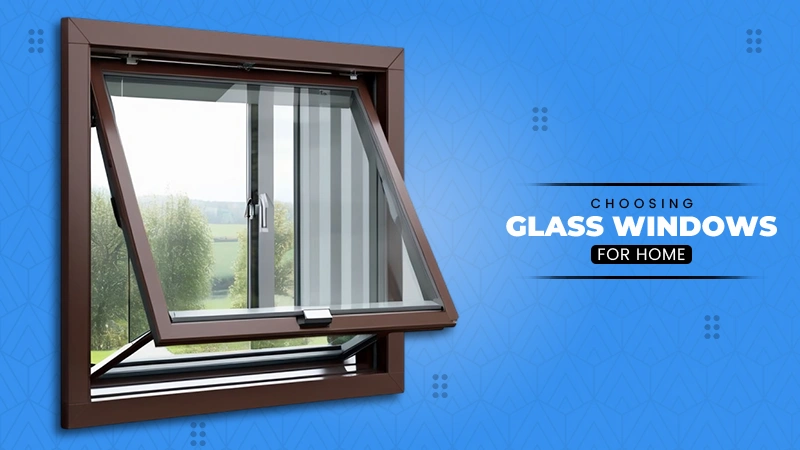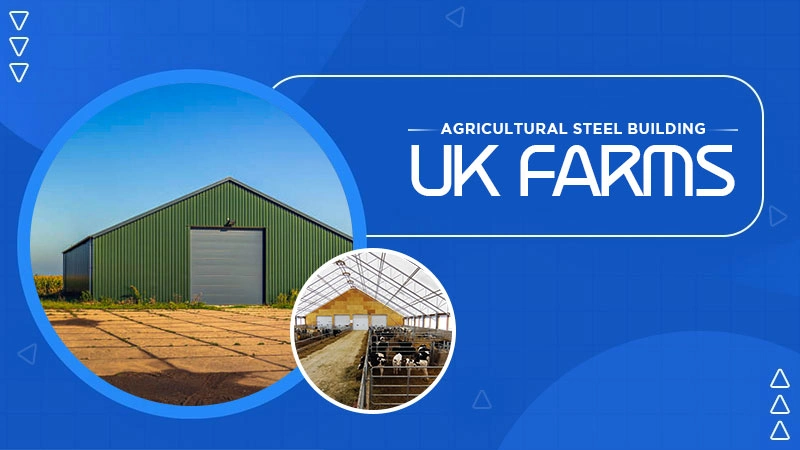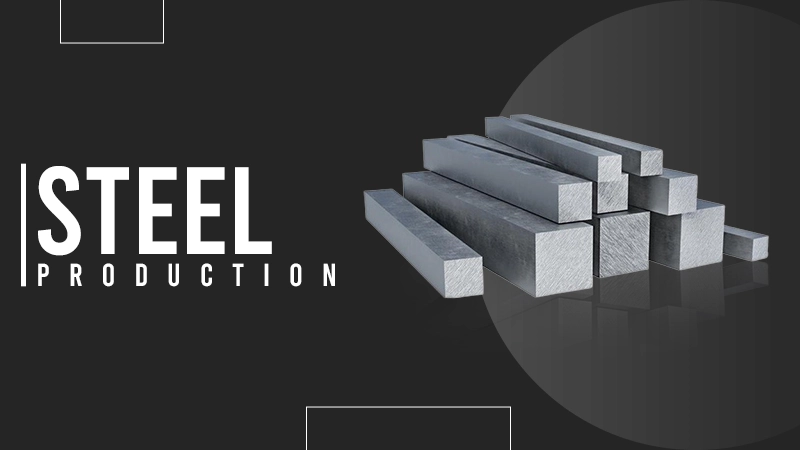Steel Fabrication: Creating the Backbone of Contemporary Construction
Steel is ubiquitous — in houses, office buildings, transport networks, and farm machines. It’s the backbone of contemporary life. But raw steel itself is of little use. It’s steel fabricators who cut, form, weld, and finish it into something functional — tough enough to bear weight, withstand pressure, and endure decades.
Steel fabrication is more than cutting and welding metal. It’s a highly skilled activity based on design, planning, and skilled handling. Whether you’re ordering bulk structural steel or a bespoke staircase, understanding how the job is done will enable you to make improved decisions and prevent delays or substandard work.
What Is Steel Fabrication?
Fabrication of steel is the manufacturing process of shaping raw steel material into useable parts or structures for building, manufacturing, or public works construction. This ranges from stairs and beams to platforms, fences, and safety barriers.
The fabrication process is:
- Cutting
- Bending
- Welding
- Drilling
- Assembly
- Finishing (e.g., galvanising or powder coating)
Work typically starts with technical drawings, provided by the client or drawn up by the fabricator. The plans lead the job from beginning to end, ensuring each cut and join is in accordance with the brief.
Why Use Steel?
Steel is as widely used a material as can be found in UK construction due to five primary reasons:
1. Strength and Durability
Steel takes weight, withstands pressure, and never warps or cracks from stress. It’s the first selection for work that needs structural strength such as beams, bridges, and walkways.
2. Versatile Design
It can be bent, welded, or chopped into nearly any shape. That makes it perfect for both large-scale commercial projects and one-off architectural details.
3. Completely Recyclable
Steel does not weaken when it’s recycled. This makes it a clever option for sustainable construction and supports environmental goals.
4. Quick Installation
Steel components can be manufactured off-site and delivered ready to install. This minimises build time and on-site labour.
5. Reliable Quality
Steel does not differ from batch to batch, unlike timber. It’s also fire- and rot-resistant, and pest-free — which means less maintenance and risk.
Where Steel Fabrication Applies
Fabricated steel appears in all industries. Following are some of the most frequent applications:
Construction – Beams, trusses, mezzanines, cladding frames, staircases, and handrails
Infrastructure – Bridges, gantries, guard rails, platforms, and tunnel supports
Commercial Buildings – Fire escapes, gates, shopfronts, security grilles
Agriculture – Barns, sheds, trailer frames, pens, fencing, and feeding systems
Transport and Rail – Walkways, overpasses, stair towers, and station fixtures
How the Steel Fabrication Process Functions
Steel fabrication typically takes a simple process from design to delivery:
1. Planning and Design
Projects are initiated by technical drawings or 3D CAD models. These detail the shape, size, tolerances, and finish of every component.
2. Material Selection
Mild steel, stainless, galvanised or alloy steel is selected depending on application — e.g., corrosion resistance, strength, or weldability.
3. Cutting and Forming
Materials are trimmed by shears, plasma, or laser equipment. They’re bent or rolled into form with presses or rollers.
4. Assembly and Welding
Components are welded, bolted, or riveted into complete components. For structure work, this comprises load-bearing joins and supports.
5. Surface Finish
Powder coating, galvanising, or paint weatherproofs and corrosion-proof and gives better appearance.
6. Delivery and Fitting
Fabricated steel is either shipped as-is or put in place on-site by the fabricator or construction crew.
How to Select a Steel Fabricator
The proper fabricator will fulfill your technical requirements, adhere to your schedule, and provide safe, high-quality work. Here’s what to look for:
Experience and Industry Knowledge
Ensure that the company has experience with similar work. Structural steel, ornamental work, and machinery frames each demand different abilities.
Compliance and Certification
For structural fabrications, UK legislation calls for CE or UKCA marking. ISO 9001 certification is a bonus in quality control.
Design Support
Should you require assistance in drawing, an in-house CAD-capable fabricator can stay on course and prevent back-and-forth with independent designers.
Workshop Equipment
Inquire about their capability — not merely in personnel, but tools as well and space. Can they provide the size and detail your work requires?
Safety and Site Practice
For delivery and install jobs, ensure the company has clear health and safety procedures in place.
Steel Fabrication and Sustainability
Steel fabrication is changing to be more environmentally friendly. Most UK fabricators now:
- Use recycled or reclaimed steel
- Minimise material waste through improved cutting patterns
- Improve energy efficiency in their workshops
- Work on net-zero and low-carbon schemes
Steel’s extended lifespan, recyclability, and reusability place it among the more sustainable choices in today’s construction.
Last Thoughts
Steel fabrication North East is an essential component of any build or infrastructure project — typically behind the scenes but always heavy with importance. From frames and fire escapes to fencing and machinery platforms, each and every piece must be fabricated with attention and precision.
Choosing the right fabricator doesn’t just affect the final look — it determines strength, safety, fit, and future performance. Whether your project is domestic or industrial, structural or decorative, getting it right starts with the right fabricator.









